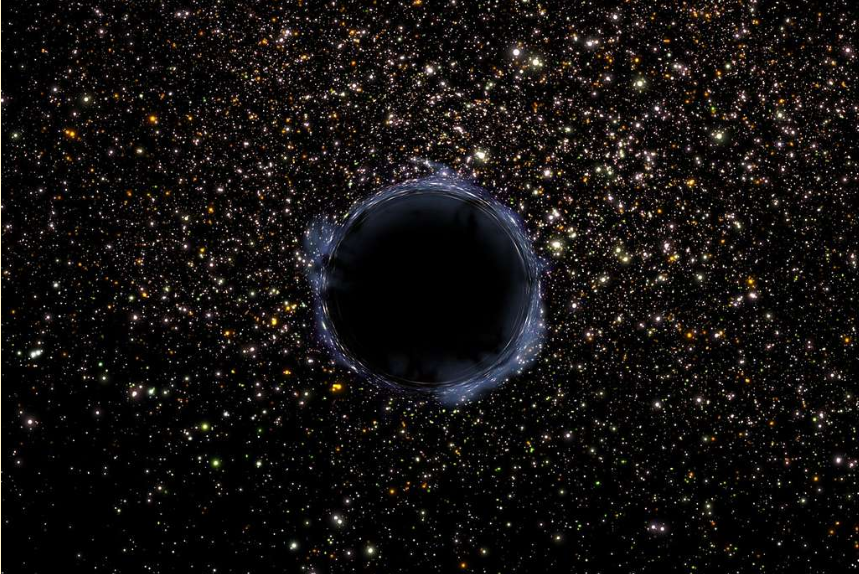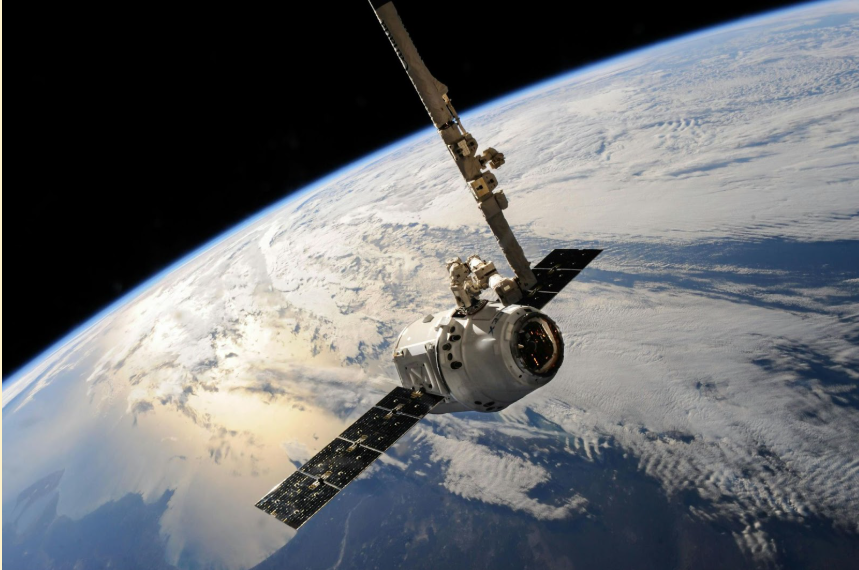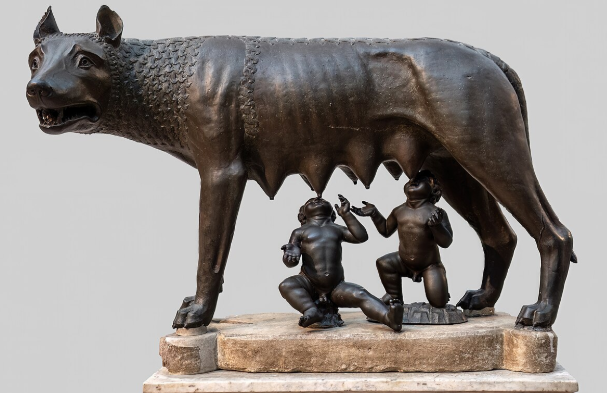The school year is wrapping up. In a short span of time, punctuated by unit summatives, review material, and the dreaded finals, everything will be over. Yet despite the perhaps hectic nature of the experience, the course of school’s end is clear: every event is scheduled, premeditated.
The universe is eventually going to end as well, but unlike the school year, there is great uncertainty as to specifically when or even how this will occur. All one has is theories.
Big Rip
Dark energy permeates all of the universe, even Earth. While it is known to cause the expansion of the universe and to make up around 70 percent of the universe, other properties are still greatly unknown. The unknown property that matters pertaining to the end of the universe is how and if dark energy’s power will be maintained over time.
The Big Rip theory proposes that dark energy can fold back on itself and thus grow in strength over time, causing the expansion of the universe to accelerate. This is referred to as phantom dark energy, or simply phantom energy.
With phantom energy, the universe would eventually expand at a rate that gravity could no longer counteract. At first, the largest structures in the universe would be dissolved as space between single objects expanded, such as galaxy clusters (collections of often hundreds to thousands of galaxies, held together by gravity). Then, as the rate of expansion continued to increase, smaller bodies would also disband: galaxies themselves, followed by stars, planets and black holes.
When expansion exceeded the speed of light, individual atoms would be torn apart. Spacetime would lose a functional structure, and no two particles could ever interact again.
While the Big Rip may be a lonely scenario to think about, it warrants little worry; such an event could not occur for hundreds of billions of years, based on known measurements. Furthermore, most physicists do not believe the Big Rip could occur. For one, there are questions as to how this “ripping” could exist with other laws of physics, such as how quarks—tiny elementary particles that make up the protons and neutrons of an atom—cannot be disbanded. Additionally, phantom energy would need to have negative kinetic energy, which is not a normal occurrence.
Big Freeze/Heat Death
Heat death is the most widely accepted scenario for the end of the universe. It supposes that the strength of dark energy will stay constant over time, which would cause the universe to expand at an exponential rate.
Unlike in a Big Rip scenario, with dark energy as a constant, gravitational force would be strong enough for galaxy clusters to initially stay intact. For example, the Milky Way would remain in its local group and merge with other clusters to form a supergalaxy.
However, even with gravity’s force counteracting dark energy, the universe would still be destroyed in heat death. To start, dead stars do not release the gas that made them back into the universe, so the supply of gas to make stars would be ultimately depleted. Consequently, no more stars could be made.
Over time, while the universe continually expanded, matter within it would decay. As the final stars died, the universe would become dark. Black holes would continually emit Hawking radiation, thermal radiation that black holes theoretically release and therefore shrink from over time, until fully evaporated. Ultimately, galaxy clusters and structures would cool and dissolve into individual objects. Then, these smaller structures would dissolve and be moved apart, and then even the thin remaining gas of photons leftover would break apart.
Overall, the universe’s entropy—the dispersion or disorder of elements within it—would maximize until all structures within it dissolved into individual particles, forever pushed further apart by dark energy.
Of the three theories, heat death may seem the most depressing, with the universe forever cold, growing and featureless. On an optimistic note, however, it also allows the universe to live the longest: trillions of years.
Big Crunch and Big Bounce
For the Big Crunch to occur, dark energy would need to be decreasing in strength or there would need to be less dark energy in the universe than scientists believe there to be. If dark energy became weak enough, the power of gravity would counteract dark energy so greatly that the universe’s expansion would reverse. It would start to shrink.
As the universe contracted, all galaxy clusters and the formations within them would be pulled together. Radiation in space, emitted in the past by stars, supernovas and quasars, would also be condensed, heating up the emptiness in space. This would burn planets and, as the universe continually condensed, even stars. All galaxies and stars would eventually converge to form a single extremely hot ball of plasma.
After condensing in this fashion, there are two possible fates for the universe. The first is that it could completely condense into a singularity, a point with infinitely small size yet infinitely great density.
In what is known as the Big Bounce theory, it could also “bounce back”; a new universe would be formed. The theory states that the universe would infinitely expand and contract like this, and that the current universe may be just one of many iterations of the cycle that has already happened.
However, while this idea of revival may be the most uplifting, it is important to note that much evidence signifies the Big Crunch and Bounce theories’ unlikelihood. For one, the rate of the universe’s expansion is currently accelerating, not slowing, and the gravitational pull of all matter in the universe will never be stronger than a growing effect of dark energy. There are, of course, limitations of every theory.
Aside from these three scenarios, there are many other theories as to why and how the universe may end, such as the “Big Slurp”. The properties of dark energy and other elements of the universe are vastly unknown, leaving great ambiguity as to how everything will ultimately interact.









